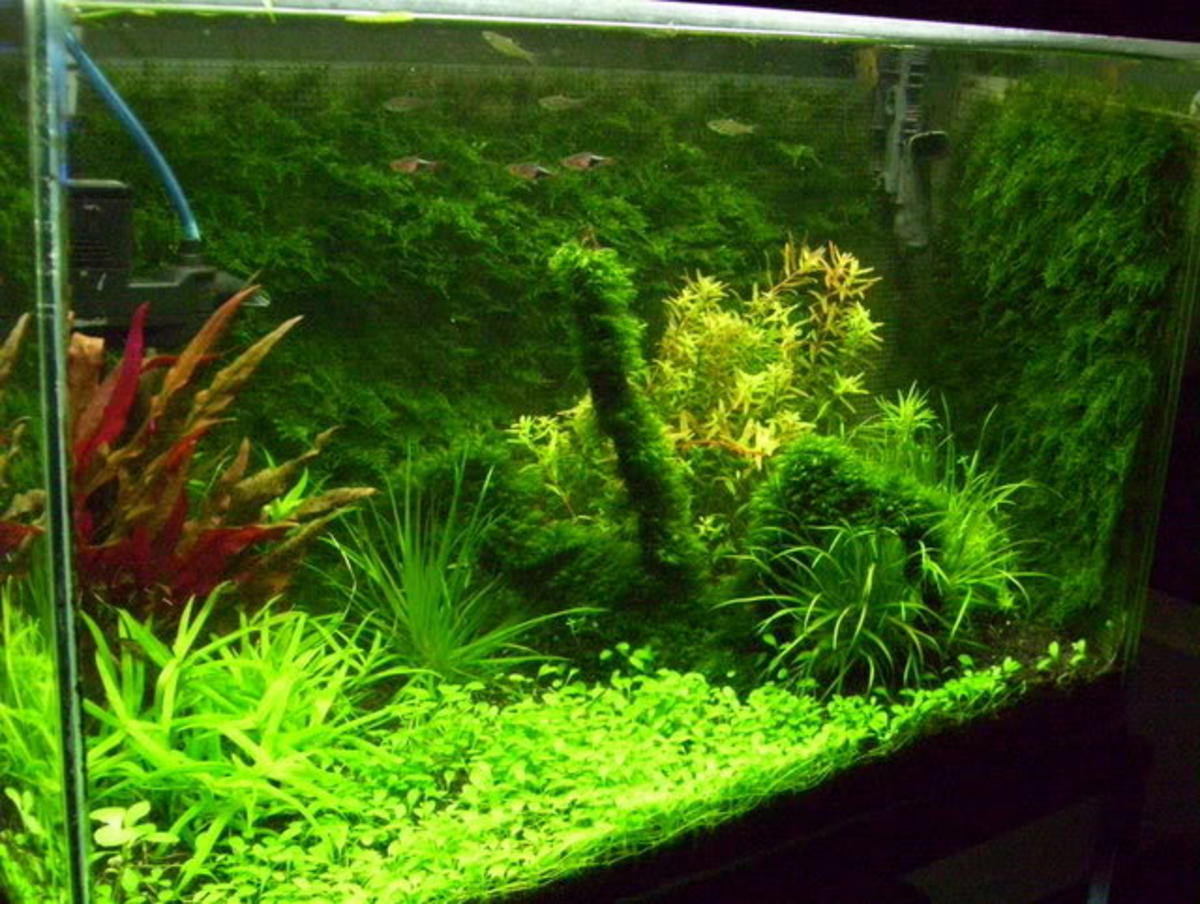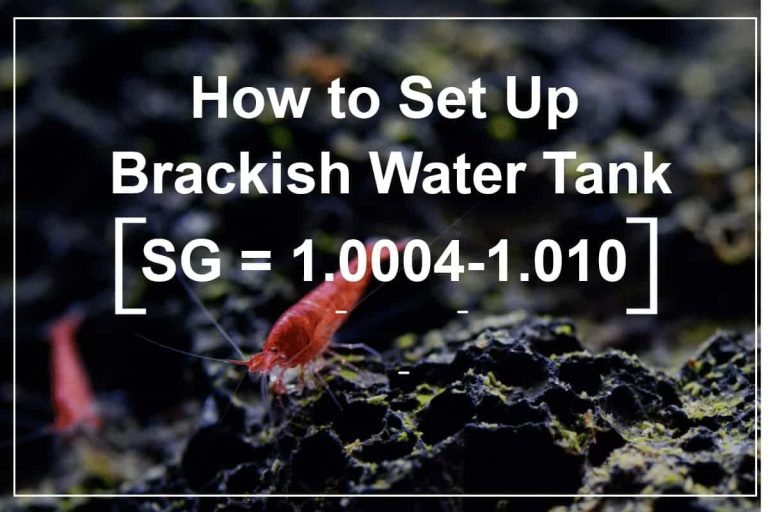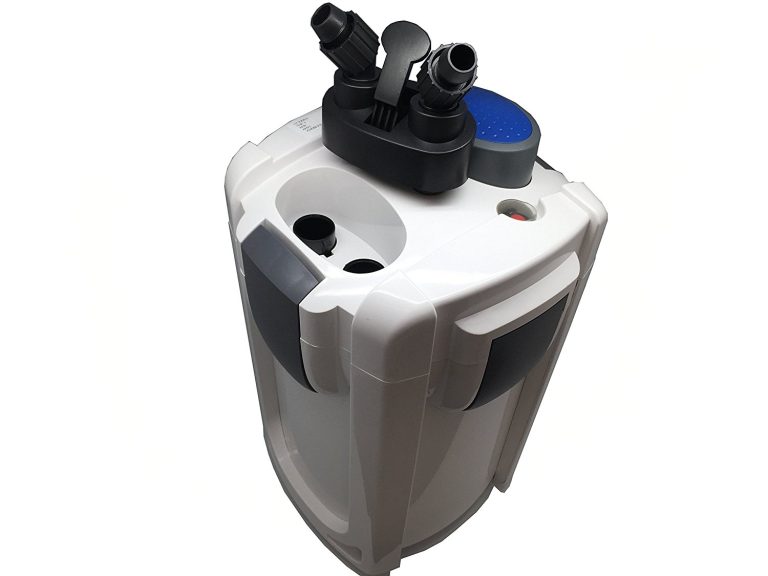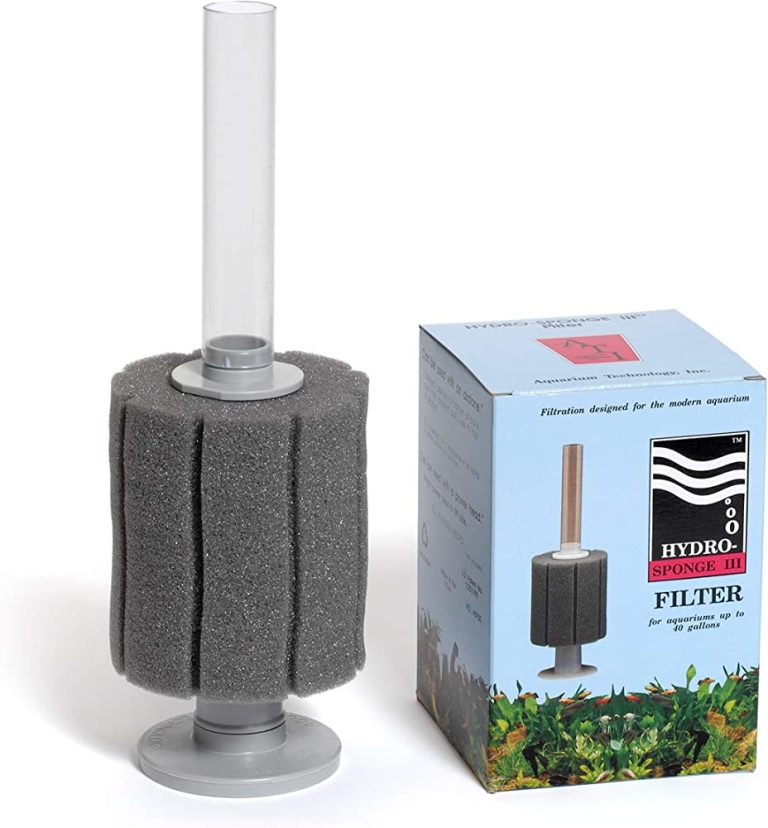Aquarium Moss Wall
Aquarium Moss Wall: A Natural and Beautiful Addition to Your Fish Tank
Aquarium moss wall is a popular and aesthetically pleasing addition to fish tanks. Not only does it enhance the natural beauty of the tank, but it also provides numerous benefits for both the fish and the overall aquatic ecosystem. If you’re considering adding a moss wall to your aquarium, this article will guide you through everything you need to know, from the benefits to the types of mosses available and how to create and maintain a moss wall.
Benefits of Having an Aquarium Moss Wall
There are several benefits to having an aquarium moss wall in your fish tank. Let’s take a closer look at them:
1. Aesthetics: One of the most obvious benefits of an aquarium moss wall is its visual appeal. The lush green color and delicate fronds of the moss create a natural and eye-catching feature in your tank, adding depth and texture to the overall design.
2. Natural Filtration: Moss walls act as a natural biofilter, absorbing excess nutrients, chemicals, and toxins from the water. This helps to maintain water quality and reduce the risk of harmful algae growth, ensuring a healthier environment for your fish.
3. Oxygen Production: Mosses are known for their ability to photosynthesize and produce oxygen. By having a moss wall in your aquarium, you can increase the oxygen levels in the water, benefiting your fish and other aquatic organisms.

4. Hiding and Breeding Grounds: Moss walls provide additional hiding spots and comfortable surfaces for fish to lay their eggs. This can encourage breeding behaviors and help create a more natural and nurturing environment for your aquatic pets.
5. Water Stabilization: Mosses have a natural ability to stabilize water parameters by absorbing excess nutrients, maintaining pH levels, and reducing fluctuations in temperature. This can help create a more stable and balanced ecosystem in your tank.
Types of Mosses for Aquarium Moss Walls
Now that you’re aware of the benefits, let’s explore some of the popular moss varieties that are commonly used for aquarium moss walls:
1. Java Moss (Taxiphyllum barbieri): Java moss is a versatile and undemanding moss that is ideal for creating a moss wall. It has fine, branching fronds that form dense mats and provide a natural hiding place for fry and small fish species.
2. Christmas Moss (Vesicularia montagnei): Christmas moss is known for its unique, triangular-shaped fronds that resemble tiny Christmas trees. It grows slowly, forming dense and bushy clumps that are perfect for creating a visually appealing and lush moss wall.
3. Taiwan Moss (Taxiphyllum alternans): Taiwan moss is a slightly more demanding moss with feathery fronds that grow in a distinctive pattern. It thrives in cooler water conditions and can create a beautiful textured effect on your aquarium moss wall.
4. Flame Moss (Taxiphyllum sp.): Flame moss gets its name from its unique growth habit, resembling flickering flames. It has an intense green color and adds a striking visual element to your moss wall, perfect for creating a focal point in your aquarium.
Creating and Maintaining an Aquarium Moss Wall
Creating an aquarium moss wall requires some planning and preparation. Follow these steps to set up and maintain your moss wall:
1. Selecting the Right Mesh or Structure: To create a moss wall, you’ll need a suitable structure or mesh to attach the moss to. Popular options include plastic or stainless steel mesh, driftwood, or mesh walls specifically designed for aquariums.
2. Preparing the Moss: Before attaching the moss to the structure, make sure to clean and trim it. Remove any debris or dead portions and separate the moss into smaller portions to help with attaching and growth.
3. Attaching the Moss: Carefully attach the moss to the chosen structure using fishing line, thread, or non-toxic glue. Spread the moss evenly, ensuring good coverage to create a dense and lush moss wall.
4. Securing the Structure: Once the moss is attached, secure the structure to the back or sides of the aquarium using suction cups or aquarium-safe adhesive. Position it in a way that allows water circulation while creating a visually pleasing backdrop.
5. Maintenance: Regular maintenance is essential to keep your aquarium moss wall healthy and thriving. Trim any overgrown or discolored portions of the moss, remove any debris or dead foliage, and monitor water parameters to ensure optimal conditions for moss growth.
Frequently Asked Questions
Q: Can I use an aquarium moss wall in a saltwater tank?
A: Yes, aquarium moss walls can be used in saltwater tanks. However, it’s essential to choose moss species that are compatible with saltwater conditions and ensure proper maintenance to prevent algae growth.
Q: How long does it take for moss to grow and cover the entire wall?
A: Moss growth rate can vary depending on the species, water parameters, and lighting conditions. It may take several weeks or even months for the moss to fully cover the entire wall.
Q: Do I need special lighting for a moss wall?
A: While mosses can thrive in low to moderate lighting conditions, providing them with appropriate lighting will promote healthier growth and vibrant colors. LED lights specifically designed for aquariums are a good option.
Final Thoughts
With their beauty and numerous benefits, aquarium moss walls are an appealing addition to any fish tank. Not only do they enhance the natural aesthetic of the aquarium, but they also provide hiding places, breeding grounds, and water filtration capabilities. By choosing the right moss species, setting up and maintaining your moss wall, you can enjoy a vibrant and thriving aquatic ecosystem. So, why not give your fish tank a refreshing and natural touch with an aquarium moss wall? Happy moss wall making!






